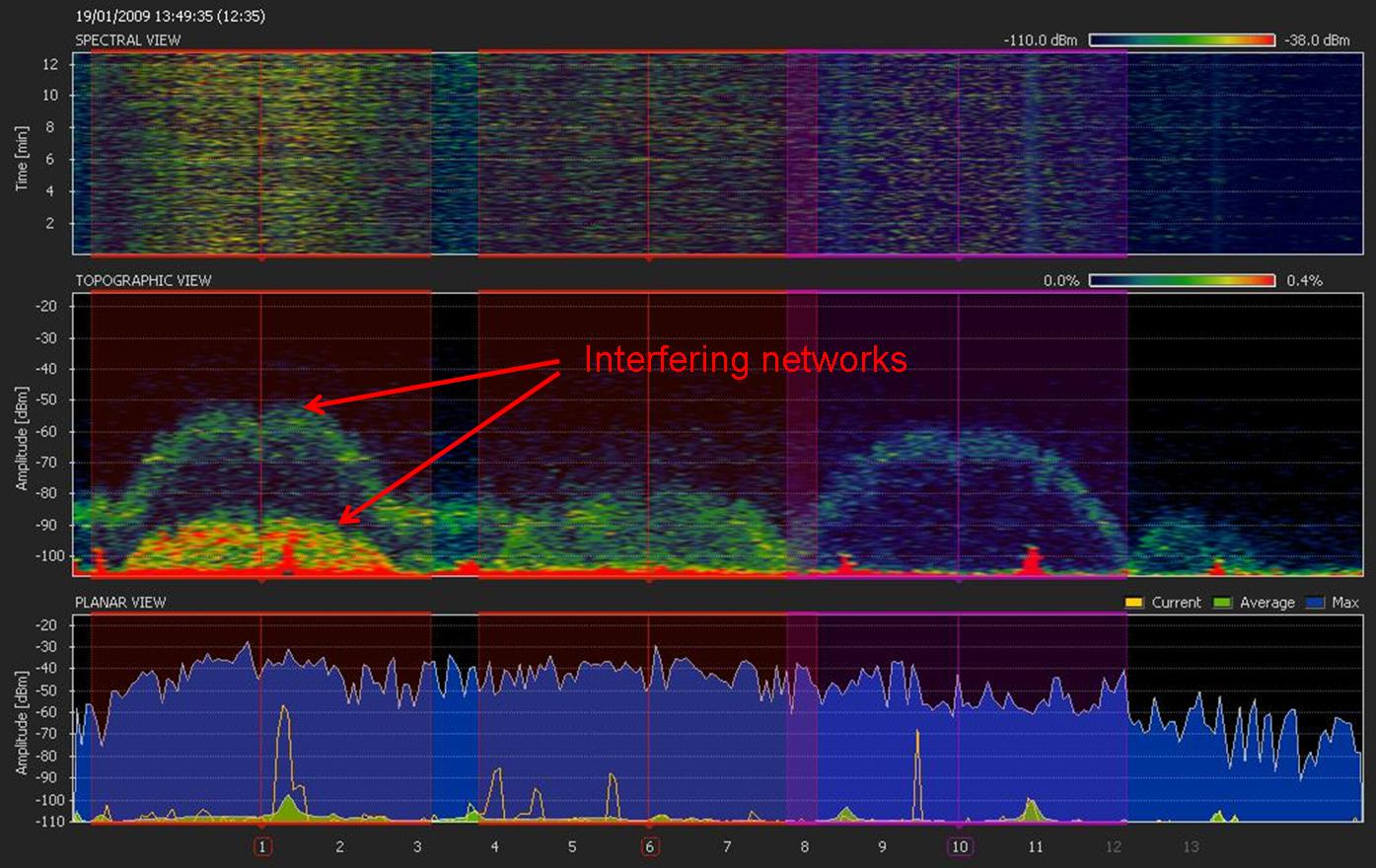In the process of checking out our datacentre expansion options I have been meeting with a number of vendors. Today I met Verari Systems who manufacture high density blade based storage solutions and sell datacentres in a container. Yes that’s the same type of container you see hauled around on the back of trucks world-wide.
The beauty of containerised datacentres is the time to market. Four months from ordering you can be up and running with new capacity. You just need to supply the power and a secure place to put the container.
What impressed me was the quoted 11Petabytes of storage that Verari could achieve in a 100KWatt container designed to hold between 10 and 15 racks. This, for the mathematically challenged/lazy amongst us is in round terms the equivalent of eleven thousand Terrabyte PC hard drives.
Keeping the maths simple a rack can hold 42 servers (PCs) so ten racks would have the equivalent of 420 servers. The Veraris solution offers 26 x more density of storage than a PC. I have been buying Servers with 3Terrabytes of resilient storage – Verari still offeres 8 x the density.


